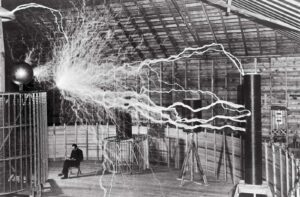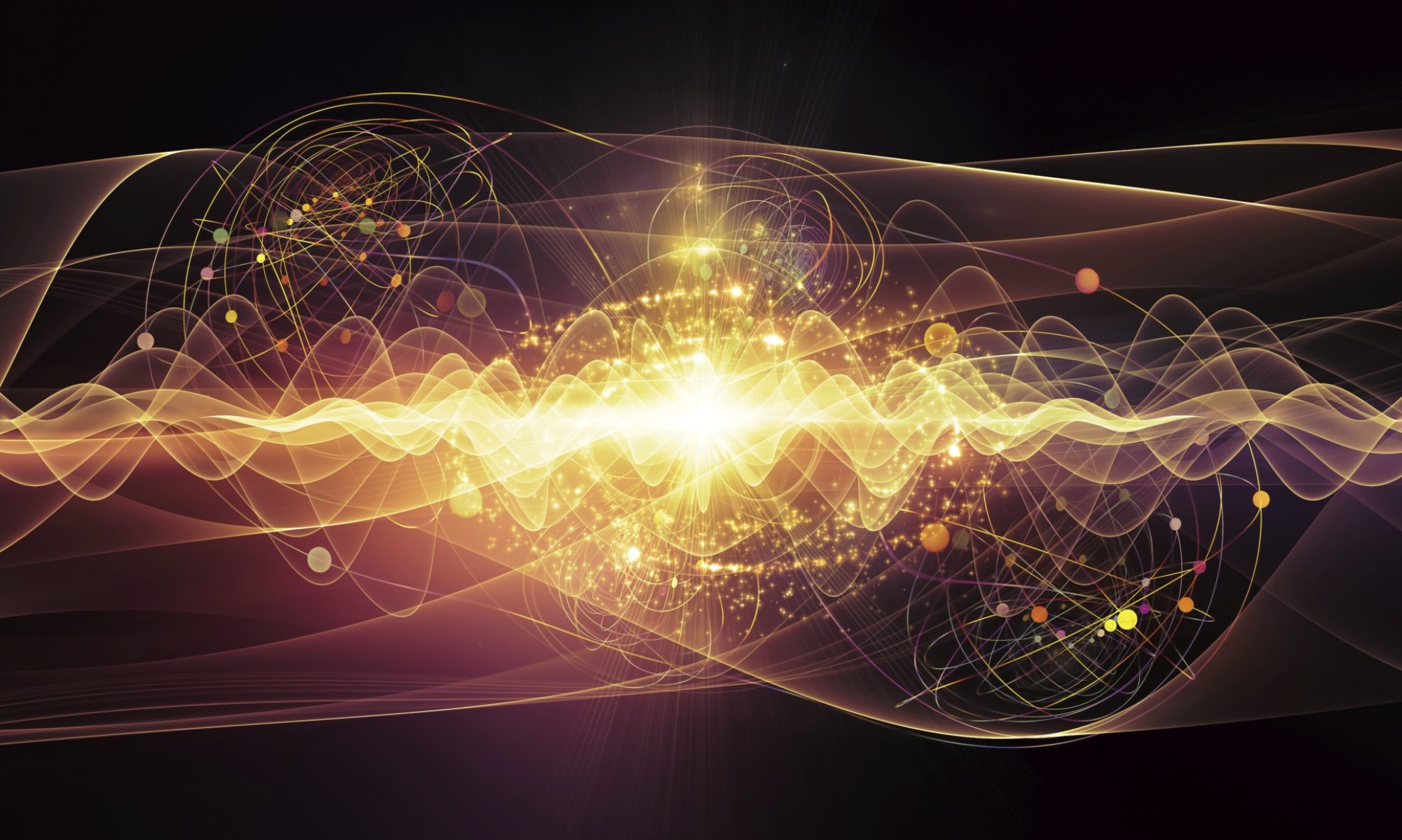
Whether you know it or not, but every time you turn on a light, scroll through your phone, or stream music wirelessly, you’re living in the legacy of Nikola Tesla.
Most people know the name. Fewer know the man. And almost no one realizes just how much of our modern world quietly rests on his shoulders. Often remembered as a brilliant but eccentric inventor, Tesla’s real contributions run far deeper than the lightning bolts and dramatic experiments history tends to highlight.
He didn’t just imagine the future. He helped build it – quietly, profoundly, and in ways we’re only beginning to fully appreciate.
by Gayathri Pillai
The Power That Keeps the Lights On
Tesla’s most revolutionary work was with Alternating Current (AC), the type of electricity that powers nearly every home and city in the world today. Back in the late 1800s, most people believed electricity could only travel short distances. Thomas Edison’s Direct Current (DC) model demanded power stations every few blocks. It was inefficient, expensive, and unsustainable.
Tesla’s AC system changed everything. With it, electricity could travel across vast distances with minimal loss, making it possible to power entire cities from a single source. He didn’t just propose AC, he developed the induction motor, transformers, and the entire polyphase system that underpins the global power grid today. The world didn’t just adopt his vision; it runs on it!
A Remote-Controlled Future
In 1898, Tesla stood in Madison Square Garden and unveiled something the world had never seen: a remote-controlled boat. To the astonished crowd, it seemed like magic. People thought it was a trick. Some suspected telepathy.
What they were seeing for the first time was ‘wireless control’; a principle so familiar to us now, it almost feels mundane.
Remote-controlled drones, wireless headsets, garage doors, smart TVs – all of it started with that moment. And it wasn’t a one-off: Tesla dreamed of “wireless communication and power transmission” on a global scale. His Wardenclyffe Tower, though never completed, was meant to be the world’s first wireless power station – a lighthouse for the age of information before it even had a name.
Machines That Could Think
Long before the world had computers, Tesla was already imagining machines that could respond, learn, and act on command. He was fascinated by the idea of them responding to signals and acting autonomously.
His remote-controlled boat wasn’t just reacting, it was receiving signals encoded in specific frequencies, interpreting them, and responding appropriately. That was in 1898!
These ideas of feedback, autonomy, signal processing are now the building blocks of robotics and Artificial Intelligence. He didn’t call them that. He didn’t have the language we use today. But he had the idea.
He once said, “The day science begins to study non-physical phenomena, it will make more progress in one decade than in all the previous centuries.”
More Than Just an Inventor
Beyond his concrete inventions, Tesla’s ‘philosophy of energy’ was ahead of its time. His mind worked in fields most of us can’t see. He studied resonance, vibration, and electromagnetic fields not just to build gadgets, but to understand the fabric of reality. He believed the Earth itself vibrated like a bell and spent years trying to tune into its frequency.
He envisioned harnessing natural forces like waterfalls, sunlight, the very air, to provide limitless energy, clean and free.
Even in medicine and physics, his experiments with high-frequency currents would later help inspire technologies like radio, fluorescent lighting, and MRI machines.
His lab wasn’t just full of sparks. It was full of questions most people hadn’t learned to ask yet. Tesla wasn’t just building gadgets; he was trying to understand and harness the invisible forces that shape our universe.
A Mind We’re Still Catching Up To
He worked alone. He was misunderstood. Often, he was laughed at. And yet, piece by piece, the world started to shift in the direction he pointed. Today, we charge wirelessly. We live surrounded by waves and signals. We talk to machines. We harness forces that, to Tesla’s peers, felt like science fiction. He didn’t just predict this. He built toward it.
Not all of his inventions were finished. But the ones that were, became foundations. And the ones that weren’t? They still echo in the labs and minds of those chasing the future today.
Tesla didn’t die wealthy or decorated. He left behind no heirs, no empire, no multinational company bearing his name. Just notebooks, a few scattered inventions, and a trail of ideas lightyears ahead of their time. And yet, the world changed around him. And now, over a century later, it still runs on his current, speaks in his signals, and dreams through the technologies he once whispered into being.
Some legacies are carved in stone. His is written in light!


